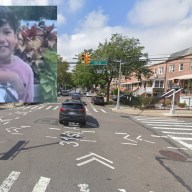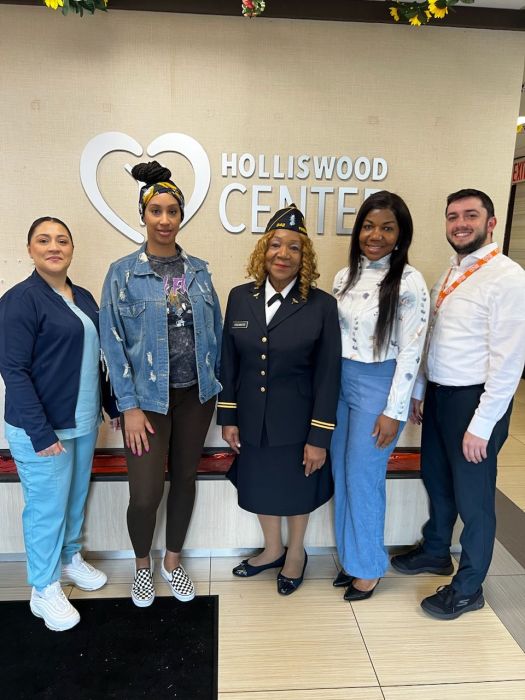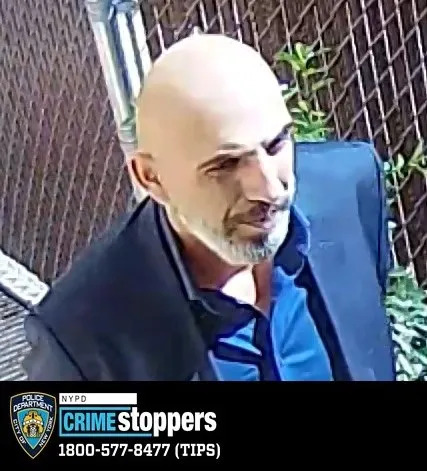But on the 100th anniversary of Korean immigration to the United States and the 50th anniversary of the end of the Korean War, it is Koreans who…
By Ayala Ben-Yehuda
Little Neck has seen its share of immigrants from Dutch and English colonists to Irish and Polish newcomers.
But on the 100th anniversary of Korean immigration to the United States and the 50th anniversary of the end of the Korean War, it is Koreans who are the latest group to leave their mark on the community.
The rapid expansion of Koreans into Little Neck has created tensions with longtime residents even as it has brought hope for integration, observers say.
Koreans first moved to New York City in large numbers in the late 1960s and early 1970s, said Dr. Pyong Gap Min, a Korean sociology professor at Queens College who lives in Bayside.
The immigrants originally settled in Woodside and Sunnyside, then moved to Flushing. They began moving to suburban areas like Bayside, Little Neck, Douglaston, parts of Long Island and New Jersey in the late 1970s on the strength of the schools in those areas, he said.
According to a Confucian edict, “we should be ready to move at least three times for our children’s education,” said Min.
By 1990, U.S. Census figures showed Asians made up 11 percent of Community Board 11, with Koreans concentrated in Little Neck and near Springfield Boulevard in Bayside, the professor said. Community Board 11 covers Bayside, Little Neck, Douglaston, Oakland Gardens, Hollis Hills and part of Auburndale.
The 2000 census shows the Asian population jumped to 26.5 percent in those areas, but Min estimated that in the three years since the census, it could have gone up by as much as 6 percent.
A quick stroll down Northern Boulevard, a street dotted with old businesses such as the Scobee Diner and Pat’s Little Neck Inn, reveals that Korean-language signs are becoming the dominant form of communication, although many of them have English translations.
As with any wave of immigration, it takes time for the new and old populations to get used to each others’ customs. But “Koreans in many ways are unique compared to other immigrant groups,” said Min. “They are more segregated.”
Korean segregation comes in three forms, Min said: linguistic, economic and religious.
Koreans are tied together by the same language, a fact that has spurred the growth of a strong ethnic media on which Koreans rely for their news. Many Koreans also run small businesses that do not require them to speak English.
“They know they can survive without (it),” said Min.
About 75 percent of Koreans attend church, said Min, with 35 percent of them going twice a week. Korean churches in western Queens and Brooklyn have been moving to northeast Queens in larger numbers.
“Their members are moving. They have to relocate to follow them,” said Min.
Korean churches, in particular, have raised the hackles of native-born residents of Little Neck, where the Eunhae Presbyterian Church is building a new house of worship. Neighbors have expressed concern over parking and the 20,000-square-foot size of the church.
Bob Borowski, 61, a lifelong Little Neck resident, was taking refuge recently from the heat at Pat’s Little Neck Inn, an Irish pub open since 1908.
“It’s going to be turmoil for the people living on Marathon and 249th,” Borowski predicted. “This is not going to be a helpful thing for the community.”
The Rev. Seung Jae Ree, pastor of Eunhae, could not be reached for comment.
Another Pat’s patron, Eddy Bielecky, was not enthusiastic about the trend of Koreanization in the area.
“I feel like I’m a minority in this neighborhood,” said Bielecky, 38, a Little Neck native. “They only stick to themselves. That’s what I don’t like.”
Ken Lee, news director at the Little Neck office of the New Jersey-based Media Korea Television (MKTV) cable channel, said rising real estate prices in Flushing had caused Korean-owned businesses to gradually move east along Northern Boulevard to Little Neck and Nassau County.
Lee denied that the Korean community was totally insular, pointing out that Koreans were becoming naturalized citizens in increasing numbers.
“We should be mainstream,” he said. “Everybody agrees with that nowadays.”
It is the language barrier that prevents that from happening, Lee said.
MKTV opened a Little Neck office in September as part of the network’s expansion into the New York market.
“We want to be a bridge between new immigrants and the mainstream,” said Lee.
That goal is shared by the Rev. Matthew Mardis, recently installed as the new pastor of the Community Church of Little Neck.
The church rents space to Eu Chong Bible Church, but has held joint services with the Korean congregation in the past — with little success, according to Mardis.
“There’s logistics, there’s language, and there’s also something a little less tangible,” said Mardis of the problems encountered in bringing the congregations together.
One of those problems was a sense among his native-born flock “that this is our place,” he said.
Still, the pastor was unfazed by the challenge.
“My job as a preacher is to…keep articulating the vision that this neighborhood, this church, this world is not just ours,” he said. “It’s all of ours.”
Reach reporter Ayala Ben-Yehuda by e-mail at Timesledger@aol.com or call 718-229-0300, Ext. 146.

































